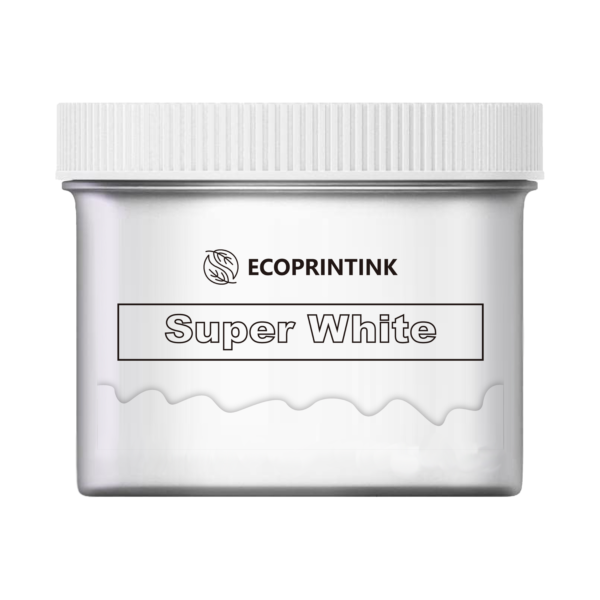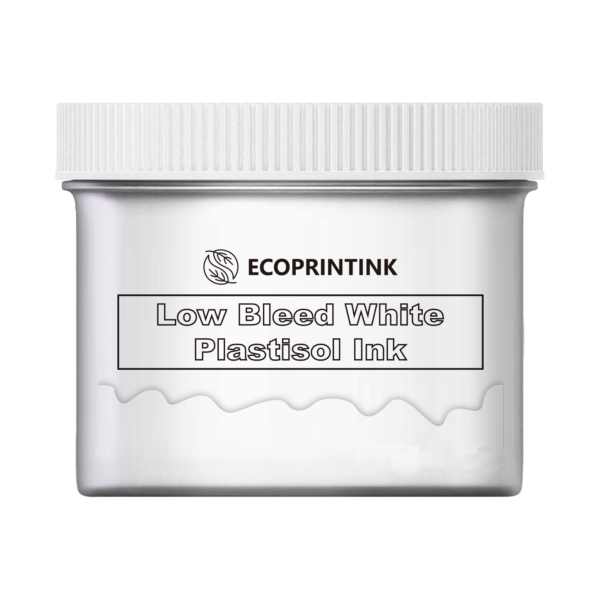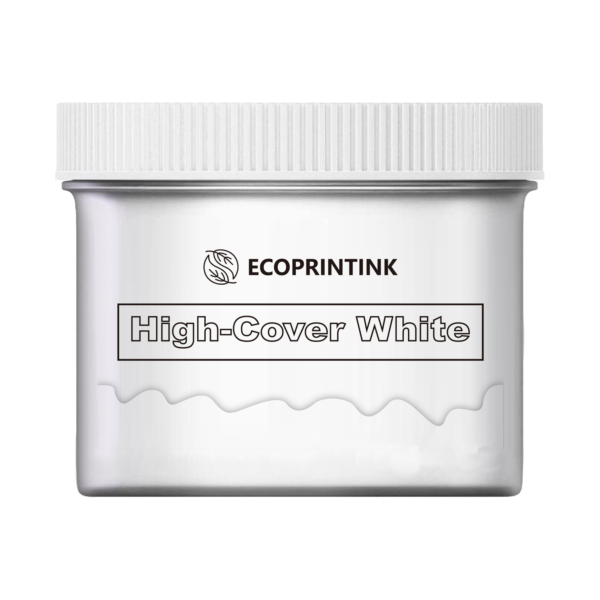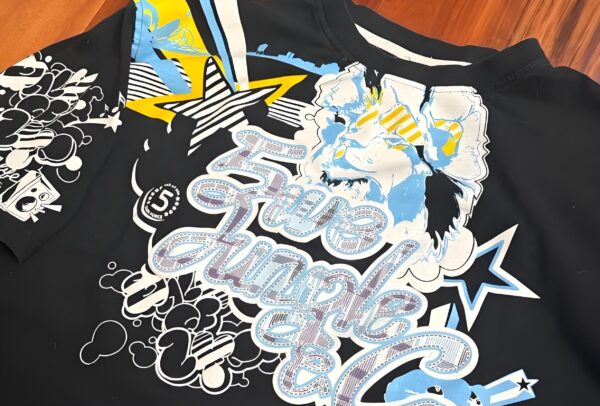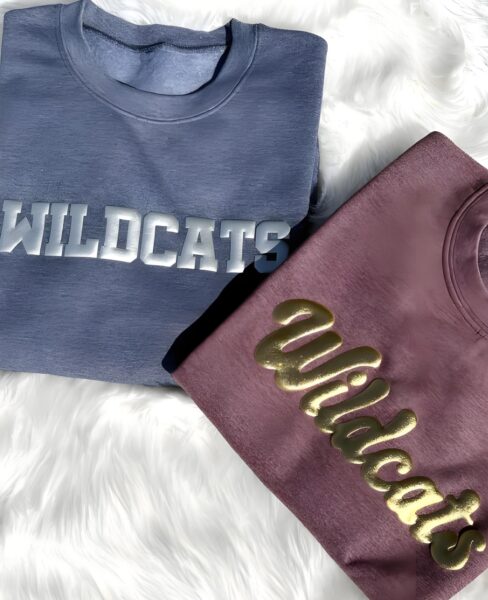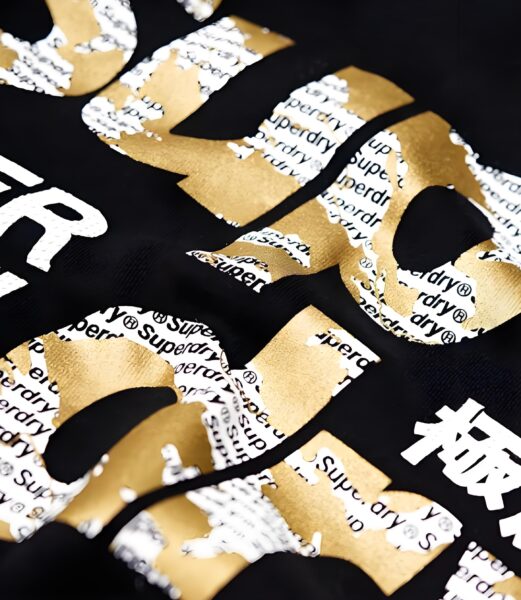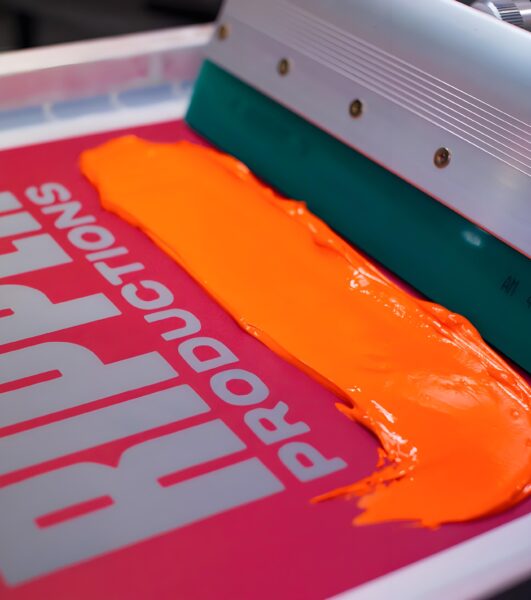Ever puzzled how your preferred t-shirt gets its vibrant photograph-pleasant photo or why certain prints pop with stunning colour? Whether you’re an aspiring display printer or a seasoned pro, getting to know CMYK plastisol ink and the four shade method can elevate your print sport to new heights. This post dives deep into the sector of ink, plastisol, and the technique of CMYK screen printing. We’ll unpack what makes color system plastisol so unique, how to gain best manner black, and why knowledge the chemistry of ink is crucial. From the fundamentals to insider pointers, this text will come up with a colourful crash route worth your time. Ready to liberate the secrets of photorealistic prints? Dive in and let’s get colourful!
Table of Contents
1. What is CMYK and Why is it Essential in Screen Printing?
If you’ve got ever studied the ink sport, you’ve possibly come upon CMYK various instances. CMYK stands for cyan, magenta, yellow, and key (which is black). These 4 hues act as the number one colours inside
primary colors inAcceptDismiss the printing world, permitting display printers to mix and suit to produce a huge range of colorings and shades. Unlike RGB, which is meant for screens, CMYK ink is used for developing vibrant images on bodily surfaces like t-shirts and posters, making sure unique shade reproduction in very last prints.
The magic of the CMYK system lies in its capacity to reproduce complex, complete-color images—think photorealistic graphics or complicated designs which could’t be created with spot coloration on my own. By layering halftones of cyan, magenta, yellow, and black, screen printers can create a spectrum of colors that almost jumps off the cloth. It’s the spine of 4 coloration procedure printing, a ought to-realize for absolutely everyone trying to take their print skills to the next stage.
2. What Makes CMYK Plastisol Ink Ideal for Screen Printing?
Finding the proper ink is half the war in screen printing, and plastisol ink is sort of constantly the champion. Unlike water-based inks, plastisol incorporates PVC particles suspended in a plasticizer, which gives it several precise blessings for printing onto garments. First, plastisol ink sits on pinnacle of the fabric, generating a colourful print with wonderful opacity, making it a favourite among printers for t-shirts and athletic wear.
Moreover, plastisol ink doesn’t dry until you treatment it with warmness, so it received’t clog your screens mid-run. This lets in display screen printers to work at their personal pace and ensures consistent results throughout loads of prints. And allow’s now not overlook the all-essential “tender hand”—the feel of the ink at the t-blouse.
3. The Role of Process Inks: How Does the CMYK Process Work?
Process inks are designed especially for the demanding situations of CMYK printing. Each ink—cyan, magenta, yellow, and black—is formulated to be transparent and mix nicely while revealed in tiny halftone dots. When layered, these technique colorations create the phantasm of a full-shade photograph to the bare eye.
The CMYK manner hinges on accurate dot placement, mesh selection, and using remarkable method inks. This lets in display printers to flawlessly translate virtual photographs onto clothes. The 4 shade method, also referred to as procedure printing, is used to create the whole thing from photorealistic artwork to certain emblems and pics on t-shirts and posters.
4.Breaking Down the Colors: Cyan, Magenta, Yellow, and Black
Each member of the CMYK family brings some thing precise to the table:
- Cyan adds cool blues and teals—it’s the inspiration for skies, seas, and dreamy backgrounds.
- Magenta provides the colourful reds and purples, playing a starring position in pinks and deep sun shades.
- Yellow is the intense spark for daylight, gold, and people beautiful highlights.
- Black (Process Black) isn’t only for outlining; it grounds the photograph with depth and contrast, sealing the deal on sharp detail.
In exercise, black plastisol, occasionally called technique black CMYK, is in particular formulated to offer smooth, impartial shadows and beautify the sharpness of the final print. Using some of these procedure hues in tandem gives you countless creative freedom and crisp results that wow clients.
5. How to Achieve Crisp Prints Using CMYK Plastisol Ink
Perfecting your print process with plastisol ink involves more than just picking the right ink; it’s about nailing the details from image setup to curing. Start by making sure your artwork is converted to the right halftones for CMYK. Each screen will carry a different color—cyan, magenta, yellow, or black—and precise alignment is critical.
Next, use the correct mesh count for your design and ink type. Finer mesh counts ensure sharper halftones, which translates to smoother gradients and better color reproduction. When it’s time to print, pay attention to squeegee angle and pressure—everything affects the soft hand feel and vibrancy of your print. Finally, always cure plastisol ink thoroughly with a heat press or conveyor dryer. Without proper curing, even the best artwork won’t last.
6. Mesh Counts, White Underbases, and Equipment: CMYK Plastisol Ink What Do You Need ?
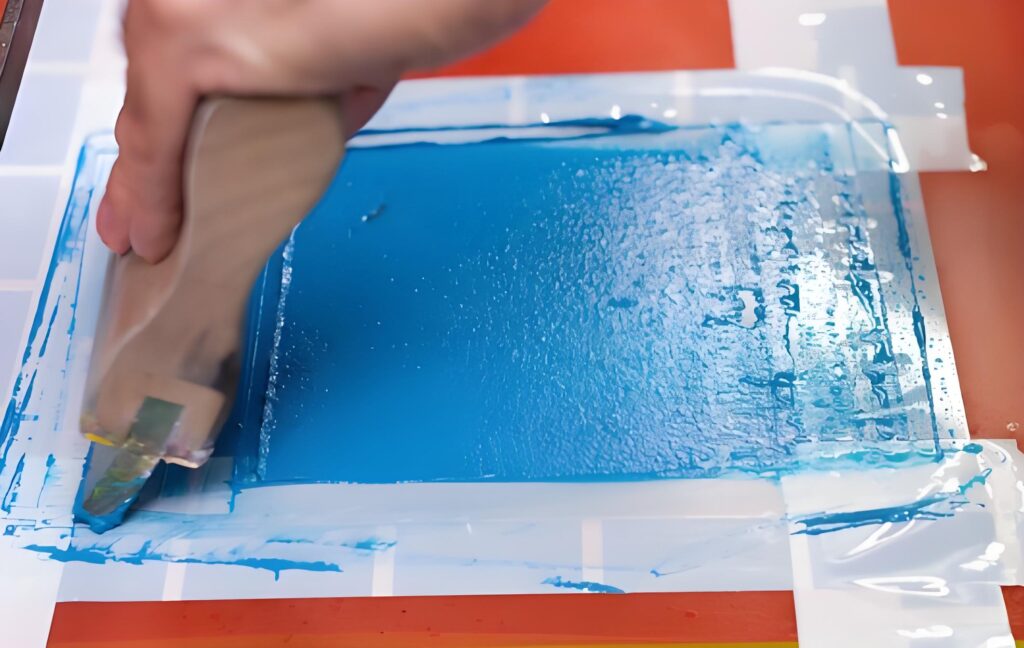
The tool you use can make or damage your show print consequences. Choosing the proper mesh counts is fundamental: a finer mesh (like 305 or 355) is high-quality for CMYK way inks and halftone dots, ensuring detail isn’t out of place. For darkish garments, making use of a white underbase is essential. This layer is going down before your gadget hues, assisting inks sit down on a vivid, ordinary heritage for optimum vibrancy and colour accuracy.
You’ll additionally want a dependable press (guide or automated), monitors stretched to the right tension, and satisfactory printing elements which include squeegees and cleansing chemical substances. Well-maintained machine and the right display printing inks are the unseen heroes within the back of every successful print.
7.Tips for Perfecting Color Reproduction and Vibrancy CMYK Plastisol Ink
Perfect colour duplicate isn’t just about the ink itself; it calls for tight control over your whole workflow. Make high-quality your artwork is coloration-separated correctly before bringing it to the screen, listening to how every procedure coloration contributes to the final image. When using cmyk plastisol ink, test that your halftone dots don’t plug up or smear.prints and unhappy customers. Small tweaks can make a huge difference in the vibrancy and soft hand of your finished product.
8. Troubleshooting Common Screen Print Problems
Even seasoned display printers on occasion run into problems. Have you ever had your yellow and black plastisol inks combo into a muddy brown or observed your magenta seems washed out? Such troubles often stem from incorrect mesh counts, flawed halftone angles, or insufficient curing.
If pix lack sharpness, double-check your registration and make sure every display lines up flawlessly. Should your coloration manner plastisol now not pop, evaluate whether or not your deliver of inks remains clean and whether or not your white underbase is giving enough opacity. And in case you’re scuffling with clogging or drying monitors, bear in mind that plastisol ink received’t dry inside the outdoor—but hold your work region clean to save you contamination.
9.Triangle CMYK Plastisol Ink, Additives, and Special Effects
Bringing artistry to your screen printing isn’t just about the usual inks—you could additionally use forte plastisol inks like Triangle Plastisol Ink, which can be formulated for smoother blends and effects. Many printers use components to modify the drift, treatment temperature, or end in their prints. Certain additives can supply your artwork a softer experience or increase elasticity for athletic clothing.
Experimenting with extraordinary display printing inks and techniques opens doorways to unique appears and subsequent-level color system outcomes. Think metallics, puff effects, or extremely-smooth touches—all made possible with the right aggregate of ink, additive, and method understanding.
10. FAQs: Process Black CMYK Plastisol Ink
What is method black in CMYK plastisol ink?
Process black, or key within the CMYK process, is a especially formulated black ink used to anchor images, increase assessment, and upload depth without overpowering different system colours. It’s critical for easy outlines and sensible shadows.
What’s the distinction between spot color and four shade method printing?
Spot coloration makes use of individual, premixed inks for every color, while the four coloration procedure layers obvious process inks to construct a complete spectrum. Four colour system excels at photorealism and easy gradients.
Can CMYK printing be used on all garments?
While CMYK and process printing paintings quality on mild-coloured clothes because of ink transparency, using a white underbase expands your options appreciably. Always take a look at your print on the meant material for compatibility and tender hand sense.
Key Takeaways CMYK Plastisol Ink
- CMYK method enables photograph-fine pics with just 4 inks: cyan, magenta, yellow, and black.
- Plastisol ink is the enterprise preferred for display printing because of its opacity, colourful colour, and ease of use.
- Proper mesh counts, halftone separation, and white underbase are key for crisp, colourful prints.
- Cure your plastisol ink at the perfect temperature to avoid fading or cracking.
- Additives and strong point inks (like Triangle Plastisol Ink) help reap computer graphics and improve print feel.
- Process black (key) is critical for detail, contrast, and rich shadows in CMYK printing.
- Test and tweak—even small changes in ink, mesh, or print method can dramatically enhance colour replica.
- Screen print deliver and gadget nice are make-or-destroy for steady outcomes.
- Mastering the four shade procedure opens up unlimited creative and industrial opportunities in garment printing!
Ready to take the subsequent step? Stock up your deliver of CMYK plastisol ink, test with manner colorings, and make your prints stand out on every t-shirt you produce!



